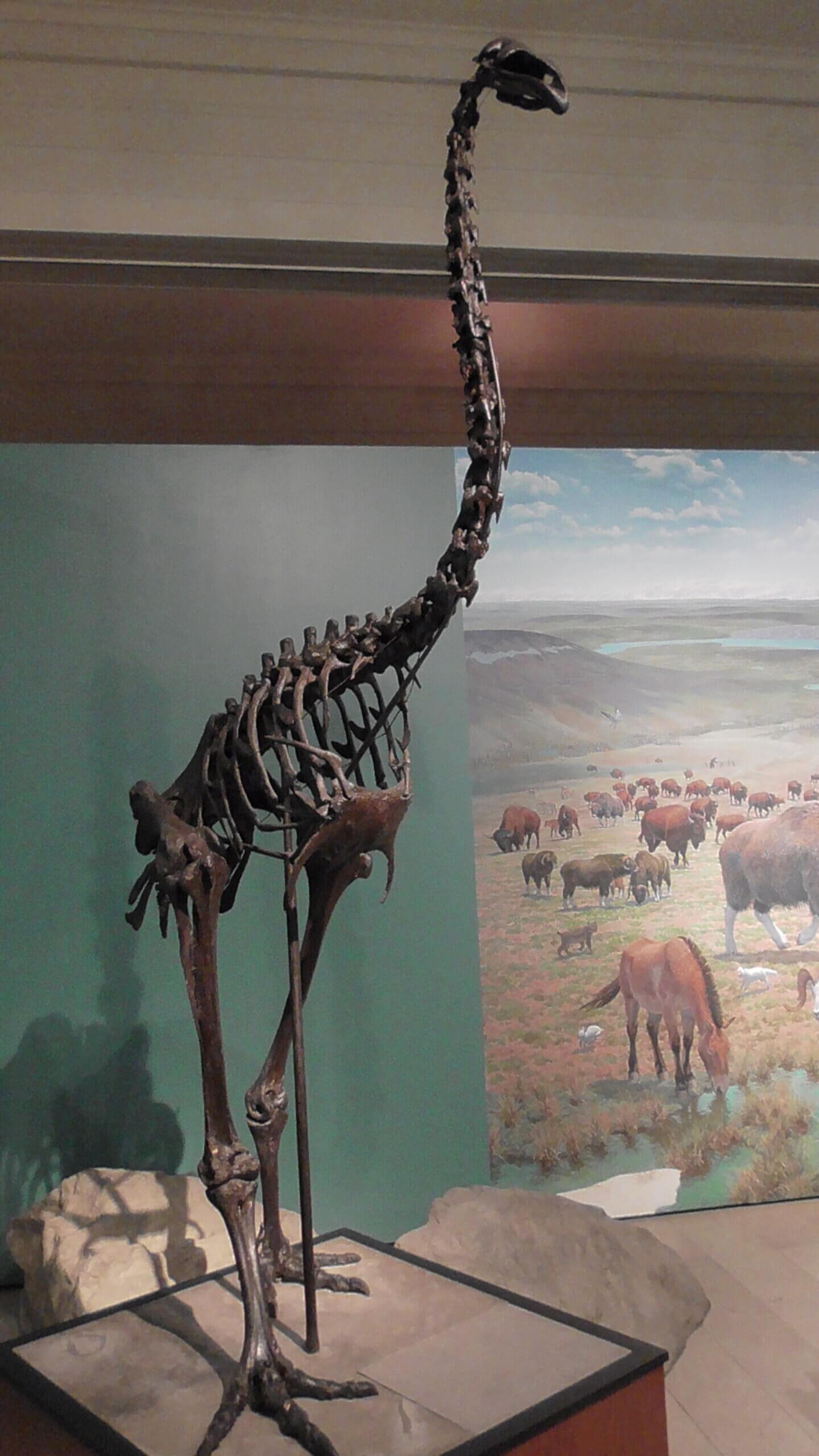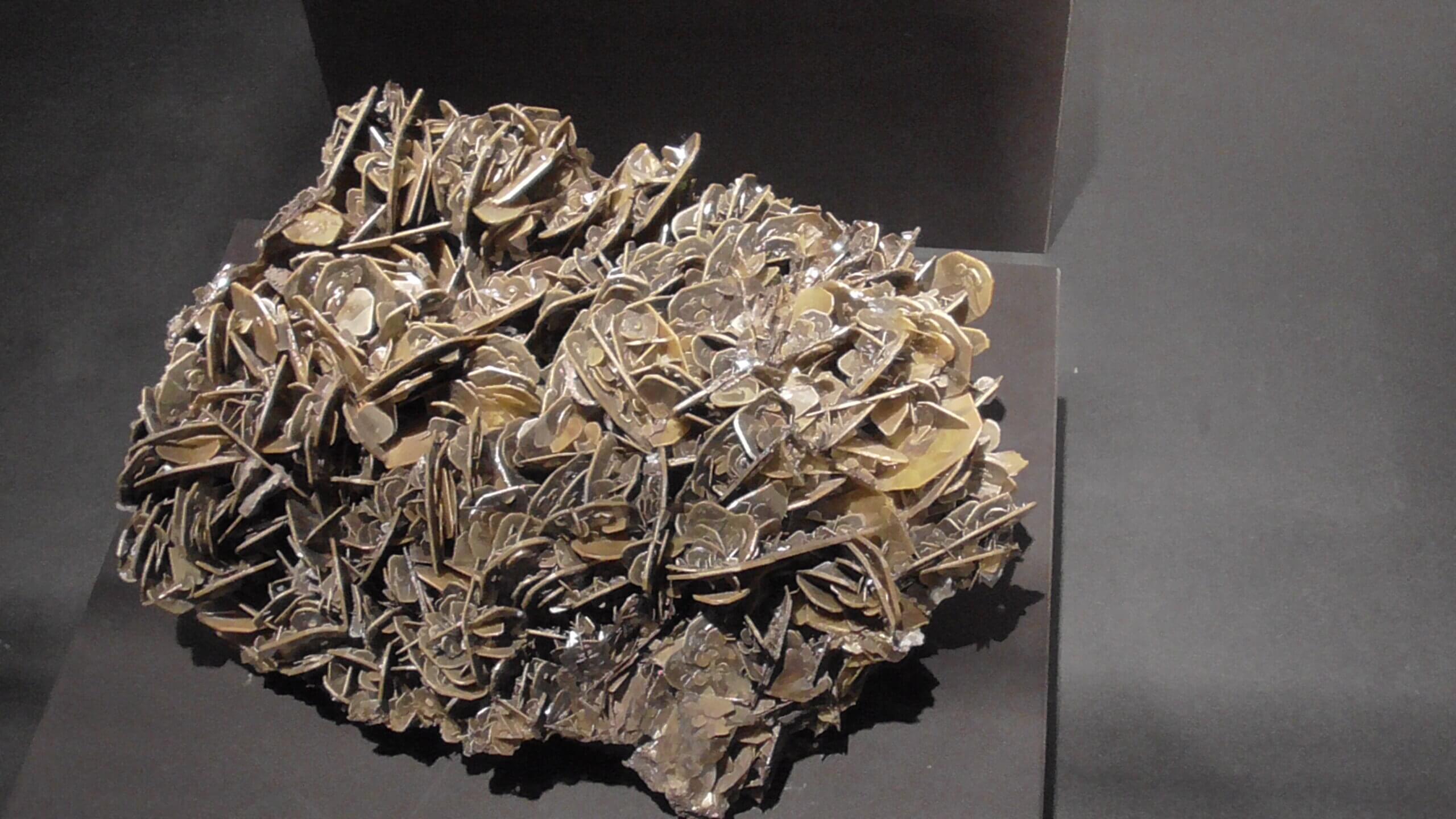Carnegie Museum of Natural History, Pennsylvania
Carnegie Museum of Natural History, is among the top natural history museums in the country. It maintains, preserves, and interprets an extraordinary collection of millions of objects and scientific specimens used to broaden understanding of evolution, conservation, and biodiversity. Many of the fossil exhibits are actual fossils rather than plaster copies found in other museums. This museum also has many holotypes – the type specimens used to determine species.
The dragonfly (griffinfly) shown could have a wing span of 2 ½ feet. Early dinosaurs (Triassic) were small and eaten by Redondasaurus – a phytosaur 21 feet long that looked like a land crocodile that could run you down. The Moa was the largest land bird ever at 12 feet tall; the last one was eaten about 600 years ago by the Maori in New Zealand. The Irish Elk was as large as a big moose and could have antlers 12 feet from tip to tip. They died off about 7,700 years ago.
I also enjoyed the mineral collection.
















